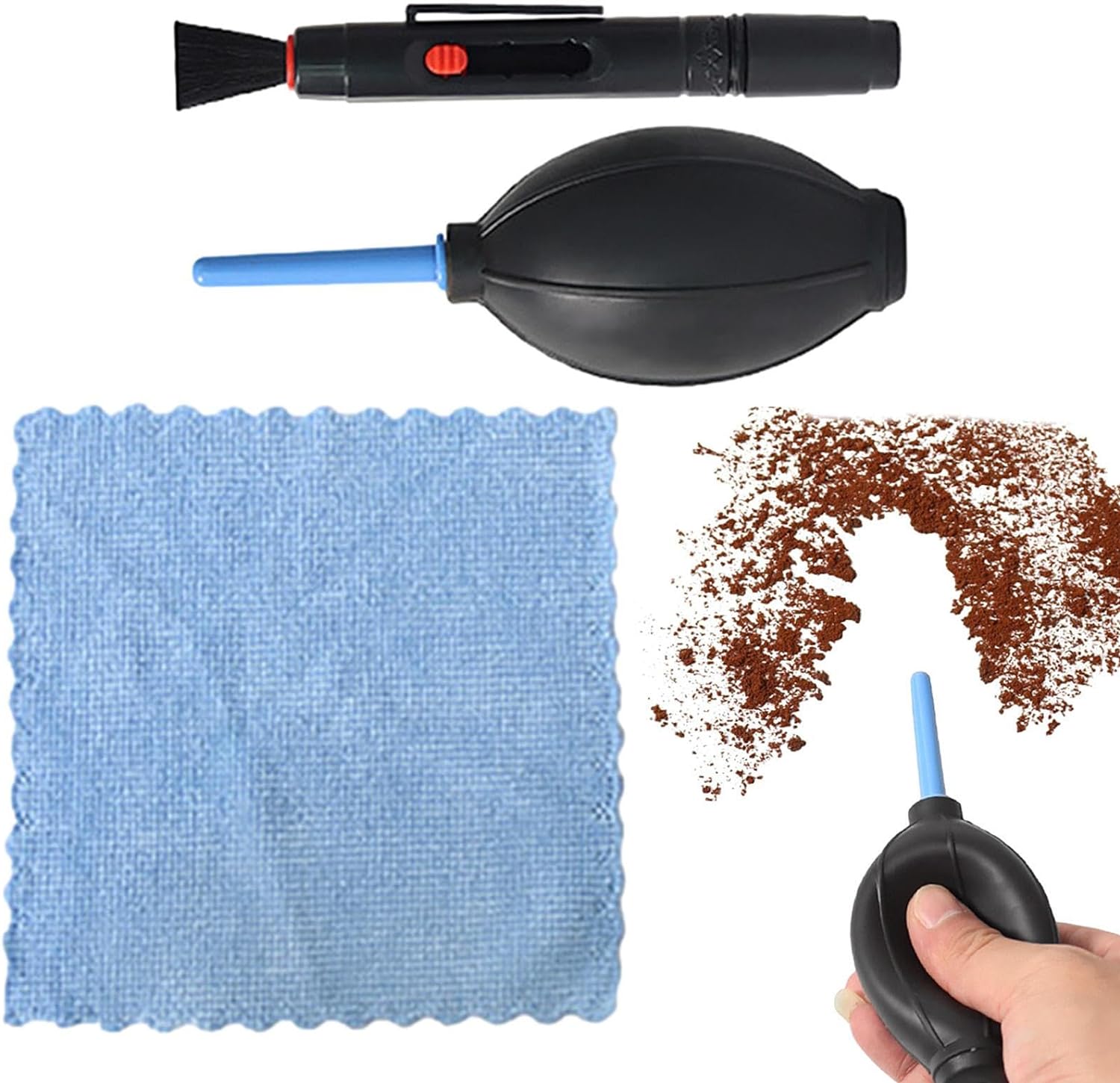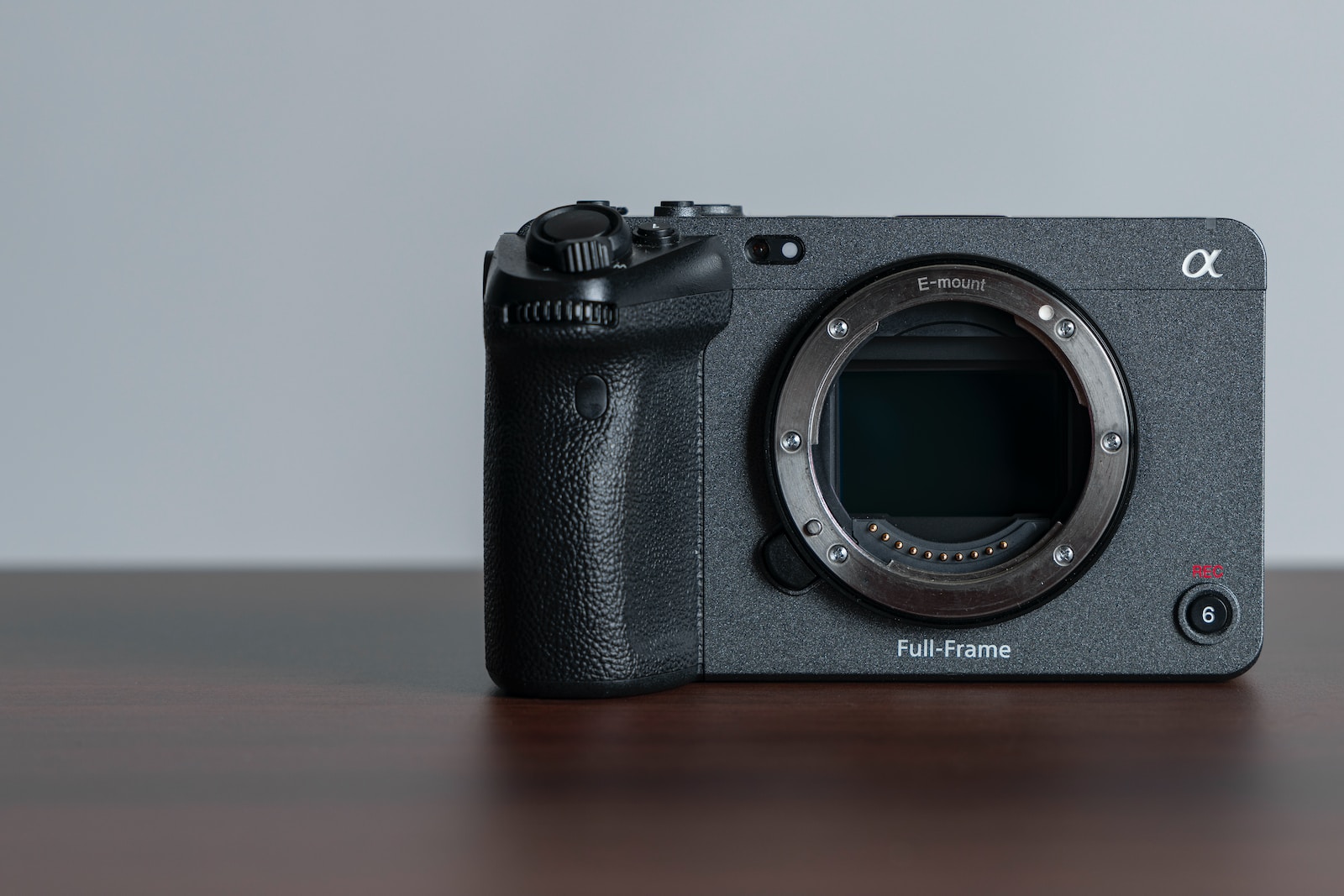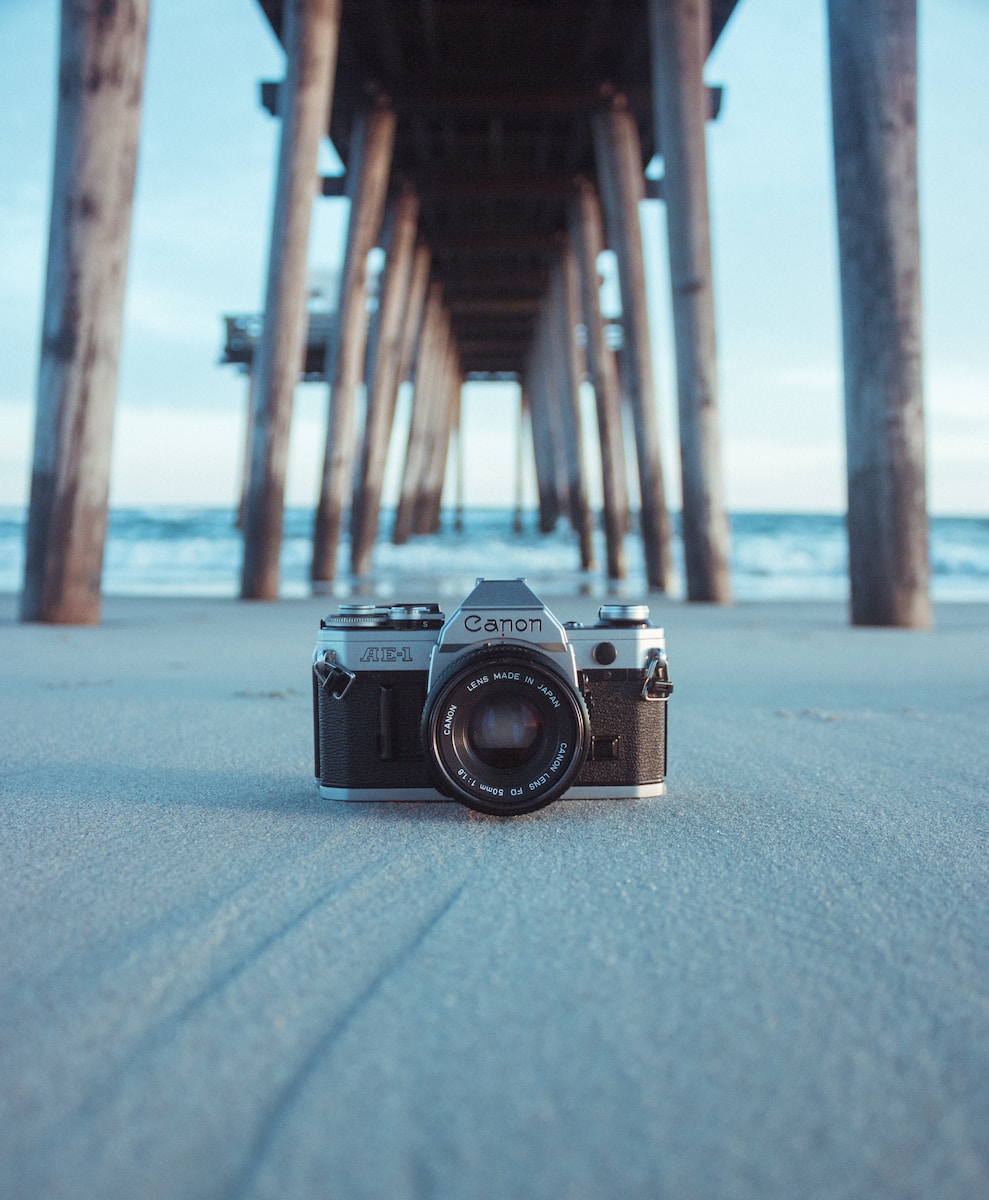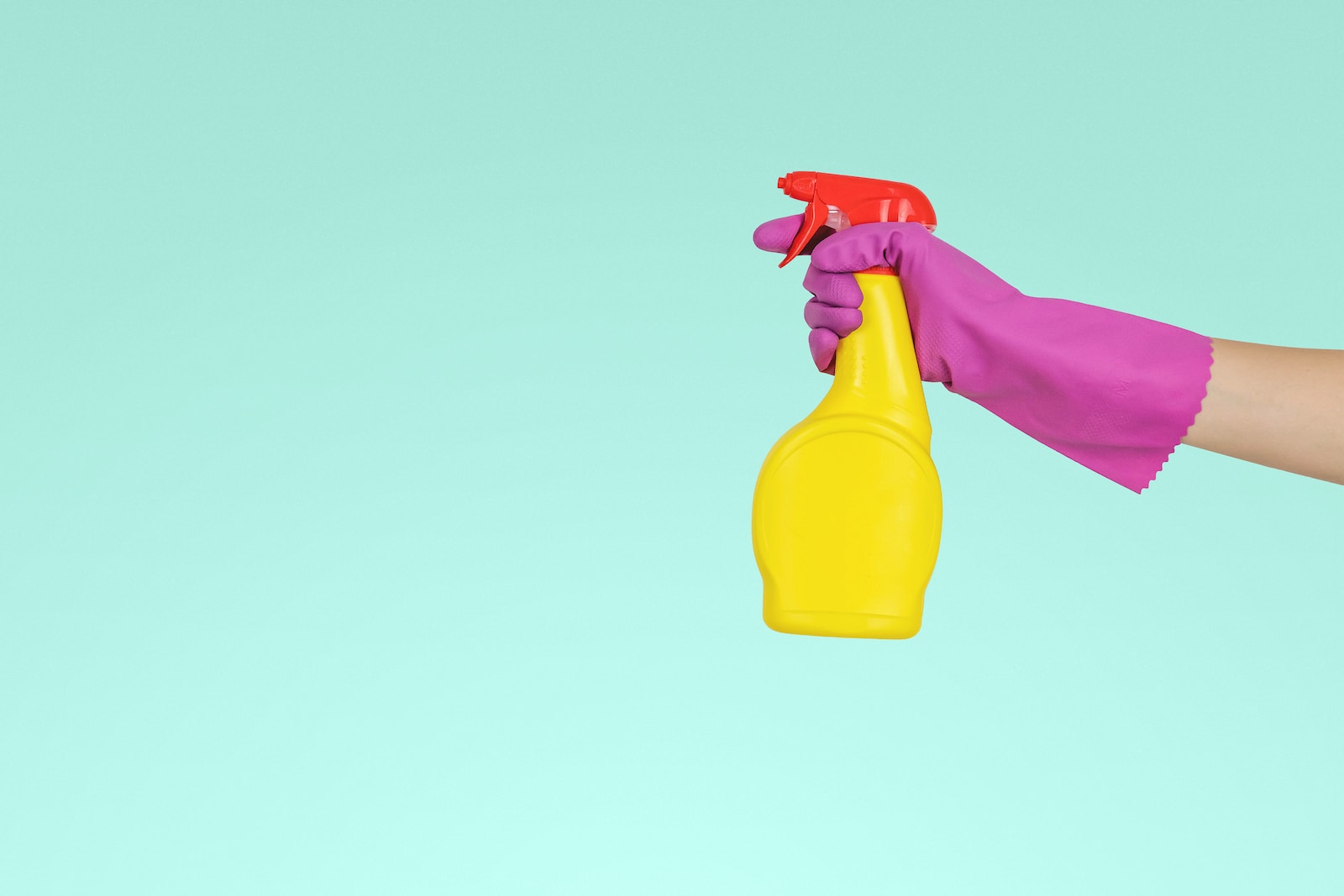Welcome to our deep dive into dust blowers, the unsung heroes of camera cleaning. In this blog, we’ll explore the different types of dust blowers, their uses, and their effectiveness in keeping your camera free from dust and debris. Whether you’re a professional photographer or a hobbyist, understanding the importance of a clean camera is crucial for capturing crisp and clear images. So, let’s jump in and discover all there is to know about these invaluable cleaning accessories!
Table of Contents
- Removing Dust and Debris
- Why Dust Blowers are Essential in Camera Cleaning
- Frequently Asked Questions
- 1. What is a dust blower and why is it important for camera cleaning?
- 2. How effective are dust blowers in cleaning cameras?
- 3. Can I use a can of compressed air instead of a dust blower?
- 4. How often should I use a dust blower to clean my camera?
- 5. Are all dust blowers the same, or are there different types?
- 6. Can dust blowers be used for cleaning other electronics?
- 7. Are there any precautions to take while using a dust blower?
- Wrap Up
Removing Dust and Debris
Camera lenses are prone to collecting dust, smudges, and tiny particles that can degrade the quality of your photographs. This is where dust blowers come into play. With a simple squeeze or blast of air, these handy tools effortlessly remove unwanted particles from the surface of your camera lens, minimizing the need for touch-ups and post-processing.
Precision and Safety
Dust blowers offer a precise and gentle cleaning solution for delicate camera equipment. Unlike other cleaning methods that involve physically touching the lens, dust blowers prevent the risk of scratching or damaging the lens surface. Their smooth and controlled airflow allows you to target specific areas without any excessive force or potential harm.
Portable and Easy to Use
One of the biggest advantages of dust blowers is their portability and ease of use. These compact accessories can easily fit into your camera bag or pocket, making them readily available for on-the-go cleaning. With a simple squeeze or pump, you can quickly remove dust and debris without the hassle of carrying multiple cleaning tools or solutions.
Dust Blower vs. Other Cleaning Methods
While dust blowers are ideal for removing loose particles, it’s important to know their limitations compared to other cleaning methods. Dust blowers are not suitable for tackling stubborn smudges or oil-based marks. In such cases, it’s recommended to use lens cleaning solutions or specialized camera cleaning kits for a thorough and comprehensive cleaning.
Did you know that dust blower nozzles are designed to prevent backflow of the air you blow into your camera, ensuring that any dirt or debris doesn't get sucked back in?
Choosing the Right Dust Blower
When it comes to selecting a dust blower for your camera cleaning needs, several factors come into play. Firstly, consider the build quality and durability of the blower. Opt for ones made of high-quality materials that resist wear and tear over time. Additionally, look for blowers with a smooth-operating pump mechanism to ensure consistent airflow.
Another crucial aspect is the size and shape of the blower’s nozzle. A smaller nozzle provides more precise and concentrated airflow while a larger one covers a wider area. Depending on your shooting preferences and equipment, choose a nozzle size that suits your needs best.
Tips for Effective Dust Blower Use
To maximize the effectiveness of your dust blower, follow these essential tips:
- Ensure your camera is powered off before using the dust blower to prevent any internal damage from air pressure.
- Hold your camera upside down while using the blower to allow gravity to help remove dislodged particles.
- Keep a safe distance between the blower and your lens to avoid accidental contact or scratches.
- Regularly clean your dust blower itself to prevent any dust particles from being blown back onto your camera.
Through our exploration of dust blowers, it’s clear that these simple yet effective accessories play a crucial role in maintaining the cleanliness and longevity of your camera and lenses. By incorporating the use of a dust blower into your regular cleaning routine, you can ensure pristine image quality and extend the lifespan of your photographic equipment. So, make a dust blower your camera’s oldest friend, and start capturing breathtaking images without the interference of dust and debris!
Why Dust Blowers are Essential in Camera Cleaning
Before we dive into the different types of dust blowers available, let’s understand why they are considered essential in camera cleaning. Dust is a photographer’s worst enemy. It can find its way into the tiniest crevices and settle on the delicate sensor, leading to annoying spots and blemishes in your photographs. A good dust blower can be your first line of defense, aiding in the removal of stubborn particles that even cleaning brushes cannot reach.
Types of Dust Blowers
There are several types of dust blowers available in the market, each catering to different cleaning requirements. Here are the most common ones:
- Manual Dust Blowers: These are the traditional squeeze-bulb blowers that have been a staple in camera cleaning kits for years. They provide precise control over air pressure and are suitable for general-purpose dust removal.
- Electric Dust Blowers: These modern marvels use a motor-powered fan to generate a continuous stream of air. They offer more power than manual blowers and are especially useful when dealing with larger particles or stubborn dust.
- Air Compressor Dust Blowers: These heavy-duty blowers are commonly used in professional camera cleaning setups. They are equipped with adjustable pressure settings and can blow out deeply embedded dust particles with ease.
Tips and Techniques for Effective Dust Blower Usage
Now that we know the different types of dust blowers, it’s time to master their usage. Here are some tips and techniques to ensure effective cleaning:
- Begin by turning off your camera and removing the lens. It’s important to work with a clean camera body and an unobstructed sensor.
- Hold the dust blower with one hand and use the other hand to grip your camera body securely. This will prevent any accidental drops or mishaps during the cleaning process.
- Point the blower’s nozzle towards the areas you wish to clean – the sensor, mirror, or lens mount. Gently squeeze the bulb or activate the electric blower to expel a controlled burst of air.
- Make sure not to get too close to the sensor or blow too forcefully, as excessive pressure can damage delicate components. Maintain a safe distance of a few centimeters and use short, controlled bursts of air.
- Repeat the process several times, moving the blower around to cover different areas. This will ensure thorough cleaning and dislodge any stubborn particles.
- Finally, before reattaching the lens, inspect the sensor using a bright light source or specialized sensor loupe. Look for any remaining dust particles and repeat the cleaning process if necessary.
By following these tips and techniques, you can effectively use dust blowers to keep your camera’s sensor and other components dust-free. Remember to store your blowers in a clean and dust-free environment to maintain their effectiveness for future use.
Now that you have a deep understanding of dust blowers, their types, and effective usage techniques, you can confidently include them in your camera cleaning routine. Happy shooting, and may your photographs always be free from pesky dust spots!
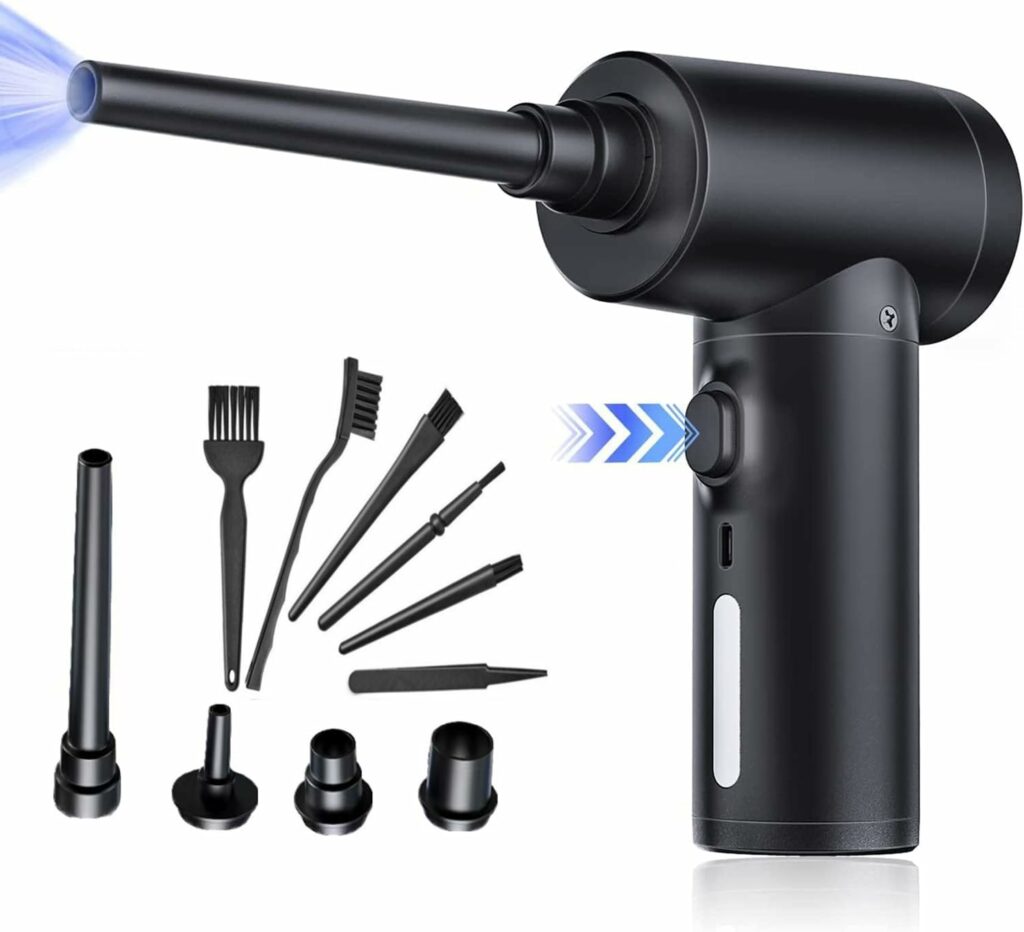
Frequently Asked Questions
1. What is a dust blower and why is it important for camera cleaning?
A dust blower is a cleaning accessory used to remove dust and debris from camera lenses and other sensitive parts. It uses a burst of air to dislodge particles without causing any damage. Dust blowers are important for maintaining the quality and functionality of your camera equipment.
2. How effective are dust blowers in cleaning cameras?
Dust blowers are highly effective in removing loose dust and debris from camera equipment. They are particularly useful for areas that are difficult to reach or clean with other tools. However, for stubborn or stuck-on dirt, you may need to use additional cleaning methods.
3. Can I use a can of compressed air instead of a dust blower?
While a can of compressed air may seem like a convenient alternative, it is generally not recommended for camera cleaning. The pressure of compressed air from a can is usually too strong and can potentially cause damage to the sensitive components of your camera.
4. How often should I use a dust blower to clean my camera?
The frequency of using a dust blower depends on your camera usage and environment. It is a good practice to give your camera a gentle blast with a dust blower after every shoot or whenever you notice dust accumulation. Regular cleaning helps prevent dust from settling and causing potential damage.
5. Are all dust blowers the same, or are there different types?
There are different types of dust blowers available in the market. The most common ones include hand-squeeze bulb blowers, brush blowers, and electric air blowers. Each type has its own advantages and can be chosen based on personal preferences and cleaning needs.
6. Can dust blowers be used for cleaning other electronics?
Yes, dust blowers can be used to clean other electronics such as keyboards, computer screens, and lenses of binoculars. However, it is important to make sure that the dust blower is safe to use on specific surfaces and does not generate static charge, which can harm sensitive electronics.
7. Are there any precautions to take while using a dust blower?
Yes, there are a few precautions to keep in mind while using a dust blower. Avoid using excessive force when squeezing the bulb or activating the blower. Ensure that your camera is turned off before cleaning. Also, be careful not to let the dust blower’s nozzle come into contact with any liquid or abrasive substances.
Wrap Up
In conclusion, dust blowers are the unsung heroes of camera cleaning. They effectively remove dust particles from your camera and lenses, ensuring crystal-clear images every time. With their portable size and easy-to-use design, these cleaning accessories are a must-have for every photographer’s kit. Whether you’re a professional or an amateur shutterbug, investing in a quality dust blower will save you time and frustration in the long run.
Remember, regular maintenance is key to preserving the lifespan of your camera equipment. So why not give your camera’s oldest friend a try? Explore the different dust blowers available on the market and find the one that suits your needs best. Don’t forget to share your experience and thoughts in the comments below. Happy shooting!
